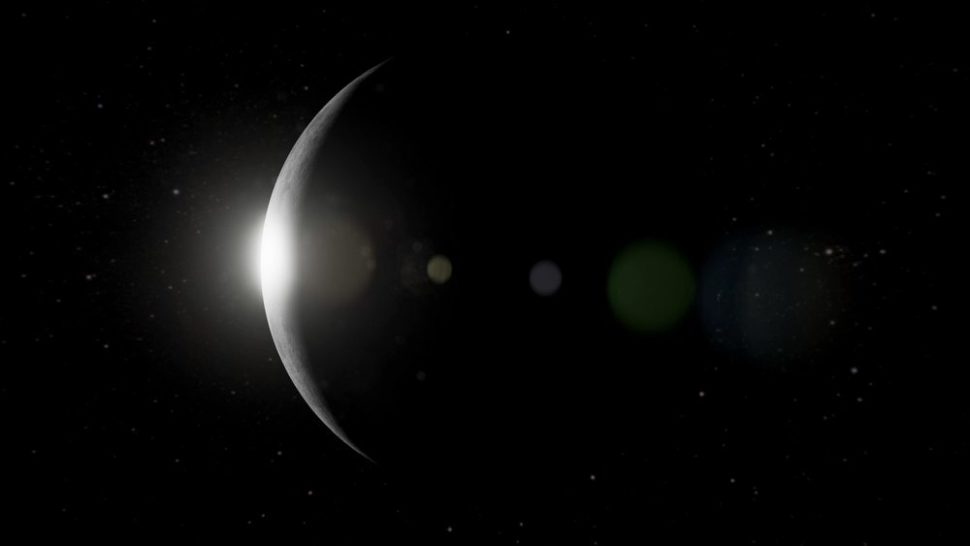China just successfully launched a communication relay satellite to the moon ahead of its lunar lander-rover mission to the far side of the moon. The mission also includes the Dutch NCLE radio antenna in its itinerary.
Like many celestial satellite bodies, due to Earth’s gravity, the Moon is tidally locked.
In the case of Earth’s natural satellite, that means we can only see one face of the Moon, whatever the season or the place from which we observe it.
However, thanks to China’s first mission to the far side of the Moon, we might just learn a lot more about our closest celestial neighbor.
Read More: New Evidence Suggests There’s a Ninth Planet in our Solar System — No, it’s not Pluto
China’s First Step Toward the Far Side of the Moon
On Sunday, May 20 5:28 p.m. EDT (May 21, 5:28 a.m. Beijing Time), atop a Long March-4C rocket from southwest China’s Xichang Satellite Launch Center, China successfully launched Queqiao towards the Moon.
Queqiao – which translates to Magpie Bridge, a nod to a Chinese folktale – will serve as a communication relay satellite to the lunar lander-rover, scheduled to launch later this year.
Chang’e 4 (name of the goddess of the Moon in Chinese mythology) will land, for the first time in space history, on the hidden side of our moon.
The Chang’e 5 mission next year will bring back lunar rocks to Earth for the first time since Apollo.
The whole Chang’e program represents a stage in China’s plan toward establishing a permanent lunar presence.
Read More: Mars Plans from NASA, Russia, and China Include a Lunar Base
Why the Far Side of the Moon?
Aside from China, other space agencies like NASA are planning to reach the far side of the Moon -– and not just to pay a visit to the aliens conspiracy theorists claim live underground there.
The common name “Dark Side of the Moon” isn’t exactly correct as no side of the Moon is permanently dark, we only see one side of it.
The one side of Moon invisible to us is, however, “radio dark”, meaning it’s shielded from Earth’s radio interference. This makes for an ideal environment to catch and investigate low-frequency radio waves, which are difficult to catch using ground-based instruments.
Launching with the Chinese relay satellite (Queqiao) is a Dutch radio astronomy antenna, the Netherlands Chinese Low-Frequency Explorer (NCLE).
NCLE is a radio antenna that was built to detect low-frequency radio waves from the very early Universe, right after the Big Bang.
NCLE radio antenna will inaugurate a new era of radio astronomy.
“Radio astronomers study the universe using radio waves, light coming from stars and planets, for example, which are not visible with the naked eye. We can receive almost all celestial radio wave frequencies here on Earth. We cannot detect radio waves below 30 MHz, however, as these are blocked by our atmosphere. It is these frequencies in particular that contain information about the early universe, which is why we want to measure them,” said one NCLE researcher.


















Comments (0)
Most Recent